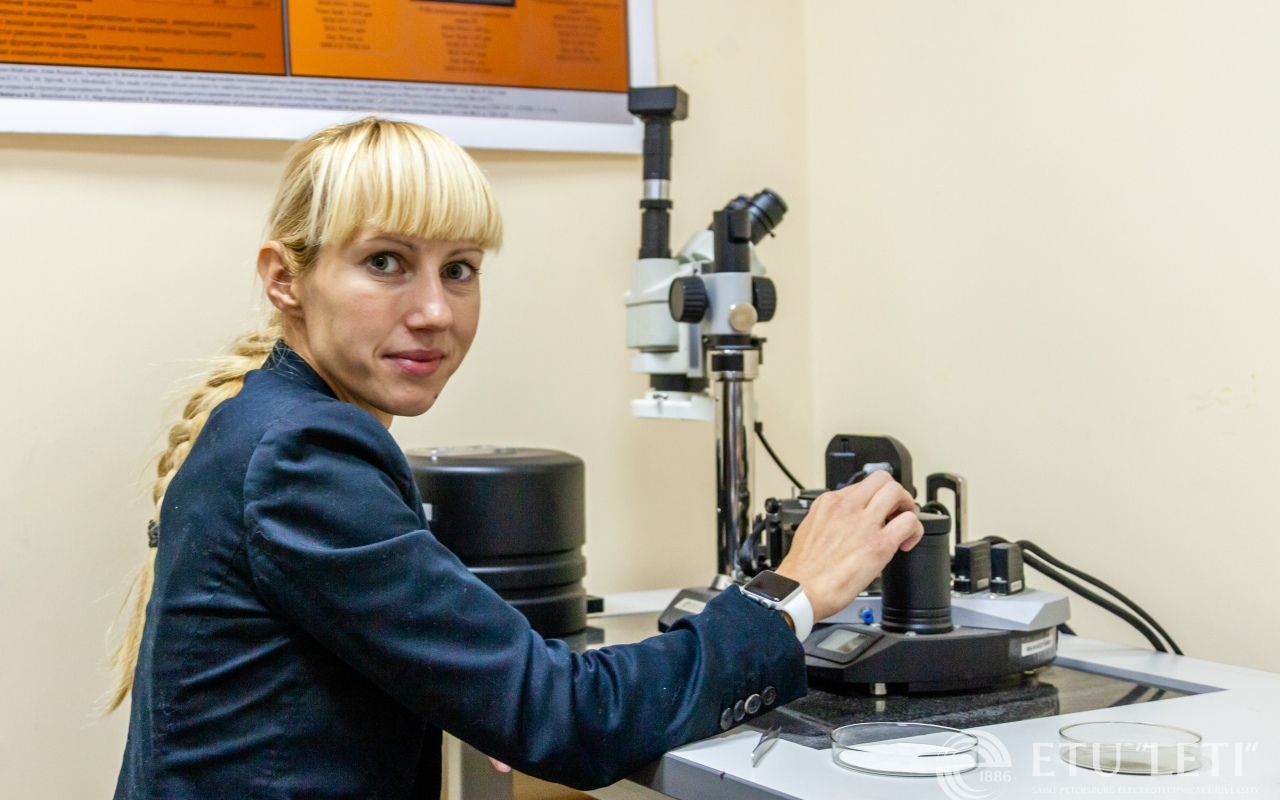Today, special attention is paid to air pollution control.
Analysis of the concentration of gases and various impurities indoors and outdoors is necessary to monitor the state of the environment, control the emission of pollutants into the atmosphere, and perform noninvasive diagnostics of respiratory diseases. Usually, expensive and non-mobile gas analysis systems are used to detect the air pollution level.
To simplify air diagnostics, to make it faster and less expensive, scientists from
ETU "LETI" and the Yuri Gagarin State Technical University of Saratov work on a joint development. Their invention, a multisensor chip weighing only 5 g, utilizes sensor technology and nanotechnology.
According to Svetlana Nalimova, Associate Professor of the Department of Micro- and Nanoelectronics of ETU "LETI," the main difference of their device is that it consists of several adsorptive chemoresistive sensors, which makes it possible to detect the presence of several gases in the air. The existing analogs can distinguish only one type of gas.
"Using mathematical processing of signals coming from several sensors, the gases are separated. We demonstrate this invention on the example of organic solvent vapors: acetone, isopropyl alcohol, and ethanol. Since this invention uses hierarchical zinc oxide structures in combination with mathematical processing of signals from a line of sensors, it is possible to detect and distinguish low concentrations of gases, which other devices in this price category cannot do," says Svetlana Nalimova, Associate Professor of the Department of Micro- and Nanoelectronics of ETU "LETI."
The research team of Vyacheslav Moshnikov, Professor of the Department of Micro- and Nanoelectronics, prepared gas-sensitive layers for the multisensor device. They are based on hierarchical zinc structures, which have a larger active surface area for interaction with the gas of these structures. Due to it, the registered resistance increases, and the presence of gases is determined. This change makes it possible to measure the concentration of impurities in the air with greater accuracy. Scientists from Saratov, in turn, have developed algorithms for processing signals from a line of sensors.
"These developments did not appear from nothing. Before that, Svetlana Nalimova theoretically and experimentally studied possibilities to improve sensory properties by forming sensitive layers with a fractal-percolation structure in her Ph.D. thesis. Further, Anton Bobkov's dissertation introduced methods of nanolithography with atomic-molecular design," explains Vyacheslav Moshnikov, "As a result, the new architectonics of gas-sensitive layers presents a hierarchy in which nanocrystalline rods form nanochannels with fractal-percolation geometry from the constituent nanocrystals. The patent for this invention was recognized as one of the best in the Russian Federation in 2018. The prospects of the multisensor chip, in general, are quite obvious — to improve the selectivity and sensitivity of gas sensors".
According to the scientists, the development will be useful in environmental monitoring, analysis of air condition in large-scale production, and healthcare. In the future, it can be embedded in a small portable device, which will make air quality monitoring equipment more mobile and less expensive.
